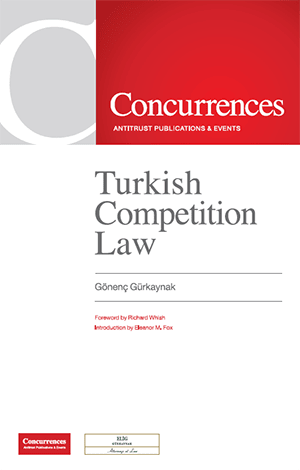Dr. Gönenç Gürkaynak
1st Edition, November 2021
Dr. Gönenç Gürkaynak illuminates the entirety of Turkish competition law in the first such treatise of its kind, spanning across the historical roots of legislation, policy, and institutions, to substantive aspects, enforcement, and procedure. All components of the law are individually discussed, with extensive references to essential case law that are further enriched by the author’s vast experience in the field. The book provides a comprehensive and in-depth analysis of the competition law regime in Turkey, against the backdrop of the country’s international commitments, as well as recent amendments to the law. The book is an essential guide for practitioners and academics alike, and for all interested in the future of Turkish competition law in a globalized economy. For its comparative analysis and insights, it is of value to the entire competition community.
Turkish Competition Law, written by Dr. Gönenç Gürkaynak, was published by Concurrences on November 24, 2021.

